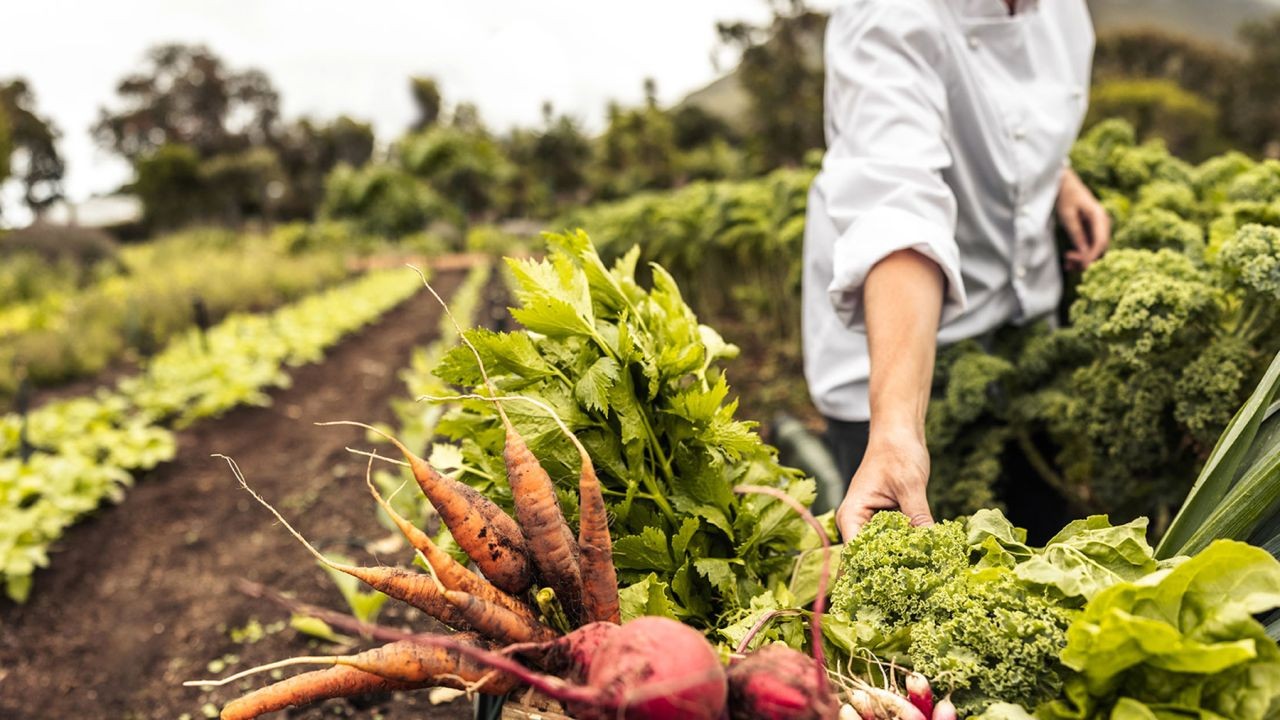Beer is a beverage that has been cherished worldwide for centuries, yet not all beers are created equal. A fascinating aspect of this global drink is its regional diversity, influenced by local ingredients, brewing techniques, and cultural preferences. When comparing Australian beer to European brews, distinct differences emerge, driven by both geographical and cultural factors. Understanding these differences not only enhances appreciation for these beverages but also reveals insights into broader trends in sustainability and local economies.
The Unique Taste Profile of Australian Beer
Australian beer is known for its distinct flavor, which can be attributed to several factors. The primary ingredients—water, malt, hops, and yeast—are influenced by the environment in which they are grown. Australia’s unique climate and soil conditions contribute to the distinctive taste of its beer. According to the Australian Bureau of Statistics, the country's diverse climates, ranging from tropical to temperate, significantly affect the agricultural products, including barley and hops, used in brewing.
Local Ingredients and Brewing Innovations
Local ingredients play a significant role in shaping the flavor profile of Australian beers. For instance, Tasmanian hops are renowned for their aromatic qualities, providing a unique citrus and floral note not commonly found in European varieties. Additionally, Australian brewers have embraced innovative brewing techniques, often experimenting with native ingredients such as finger limes and lemon myrtle to create distinct flavors.
Economic and Regulatory Influences on Beer Production
Australia's beer industry is not only shaped by its natural environment but also by its economic and regulatory landscape. The Australian Taxation Office (ATO) applies a specific excise duty on alcohol, which influences both the price and production methods of beer. This taxation forms part of a broader regulatory framework aimed at promoting responsible consumption and supporting local industries.
Impact of Australian Economy and Industry Policies
The Australian beer market is robust, contributing significantly to the national economy. According to a report by IBISWorld, the beer manufacturing industry in Australia generated over AUD 4 billion in revenue in 2023. This economic contribution is supported by policies that encourage local production and export, helping Australian beers gain international recognition.
Comparing Australian and European Brewing Cultures
European beers are often associated with traditional brewing methods and classic styles. Countries like Germany, Belgium, and the Czech Republic have a rich history of beer production, with stringent regulations that protect traditional brewing practices. In contrast, Australian brewers have embraced a more experimental approach, focusing on innovation and adaptation to consumer preferences.
Case Study: Little Creatures Brewery
Little Creatures, a renowned Australian brewery, exemplifies the country's innovative brewing culture. Founded in Fremantle, Western Australia, Little Creatures started as a small craft brewery and has grown into a major player in the industry. They are known for their American-style pale ale, which introduced Australians to a new flavor profile characterized by bold hop aromas and balanced bitterness. This success story highlights the potential for innovation in the Australian beer market.
Environmental Sustainability in Beer Production
Sustainability is becoming increasingly important in the beer industry, with consumers and producers alike prioritizing environmentally friendly practices. Australian breweries are leading the charge in sustainability, adopting measures to reduce water usage, energy consumption, and waste.
Innovations in Sustainable Brewing
Several Australian breweries have implemented innovative sustainability practices. For instance, Young Henrys in Sydney uses algae to offset carbon emissions, a cutting-edge approach that sets a benchmark for environmental responsibility in brewing. Such initiatives align with global sustainability goals and demonstrate the potential for breweries to contribute positively to environmental conservation.
Myths and Misconceptions About Australian Beer
- Myth: All Australian beers are lagers. Reality: While lagers are popular, Australia produces a wide range of beer styles, including ales, stouts, and IPAs, reflecting a diverse brewing culture.
- Myth: Australian beer is just a copy of European styles. Reality: Australian brewers have developed unique styles that incorporate local ingredients and flavors, distinguishing them from their European counterparts.
- Myth: Craft beer is a new trend in Australia. Reality: Craft brewing has a long history in Australia, with a significant increase in popularity and diversity over the past few decades.
Future Trends and Predictions in the Beer Industry
The future of the beer industry in Australia looks promising, with several trends poised to shape its evolution. As sustainability becomes more critical, breweries are likely to adopt more eco-friendly practices. Furthermore, the rise of craft beer and consumer preference for unique flavors will continue to drive innovation.
Data-Driven Insights
According to a report from Deloitte, the craft beer market in Australia is expected to grow by 6% annually over the next five years. This growth is driven by consumer demand for diverse and high-quality beer options. Additionally, advancements in brewing technology are likely to enhance production efficiency and sustainability.
Conclusion
Australian beer offers a unique flavor experience, distinct from European brews, thanks to local ingredients, innovative brewing techniques, and a supportive economic and regulatory environment. As the industry continues to evolve, sustainability and innovation will play crucial roles in shaping its future. Whether you're a beer enthusiast or a sustainability advocate, understanding these dynamics provides valuable insights into the broader cultural and economic landscape of Australia.
Final Takeaways
- Australian beers are characterized by unique flavors influenced by local ingredients and climate.
- The Australian beer industry is economically significant, supported by policies that encourage local production and innovation.
- Sustainability is a key focus, with breweries adopting eco-friendly practices to minimize environmental impact.
- Future growth in the Australian beer market is driven by consumer demand for craft beer and sustainable practices.
Call to Action
Are you a beer enthusiast or a sustainability advocate? Share your thoughts on the future of the Australian beer industry in the comments below. What unique flavors or sustainability practices have you encountered? Join the conversation!
Related Search Queries
- Why do Australian beers taste different?
- Australian craft beer trends 2025
- Sustainable brewing practices in Australia
- Comparison of Australian and European beers
- Impact of climate on beer flavor
- Economic significance of the Australian beer industry
- Innovative ingredients in Australian brewing
- Future of craft beer in Australia
- Environmental impact of beer production
- Unique beer flavors from Australia
































House of Arfa
6 months ago